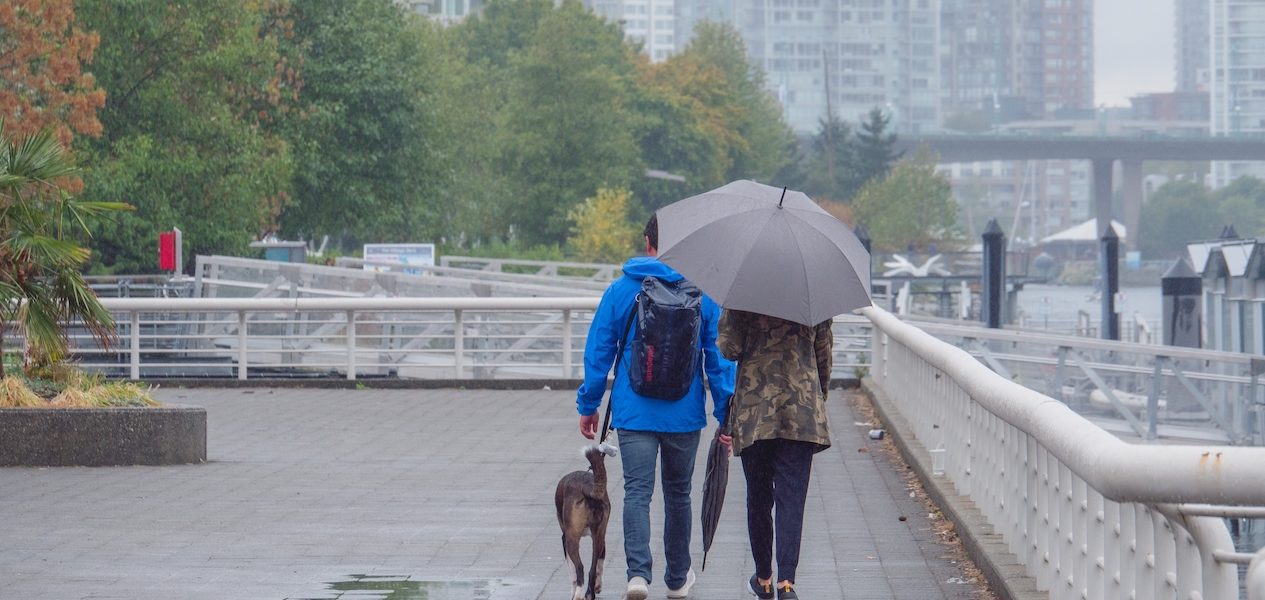As we all know, the cost of living in BC is not cheap. And with prices only going up, BC residents have to earn more to afford the same lifestyle. A new report by Living Wage for Families BC sheds light on just how much the cost of living has skyrocketed in BC, identifying two major concerns: The costs of food and shelter.
Living wages for families & individuals
Each living wage reflects the hourly amount that two working adults with two young children would need to afford their basic expenses – rent, utilities, child care, food, transportation, etc. And the same goes for single individuals.
In an email to Curiocity, co-author & provincial manager Anastasia French noted that the calculations for a single person are “comparable to a family of four” in BC.
“Although families with children have a lot of additional costs, they also receive a lot in government benefits that help offset those costs.”
Minimum wage
As of June 1st, 2022, BC’s minimum wage has remained at $15.65 – an amount that falls short in every single region in BC when it comes to earning a livable wage. In fact, the report says that British Columbians must make anywhere from $18.98 to $25.87 to make ends meet.
Recent Posts:
This popular winter terrace with holiday lights is returning to Vancouver next month
These BC ski resorts were just named the best in the U.S. and Canada
BC has seen an unprecedented increase in the living wage as people struggle to keep up with soaring costs for essentials like food and housing. The 2022 living wage update from us and the @CCPA_BC shows the need to make life more affordable for families. pic.twitter.com/u2zHP2CUCX
— Living Wage for Families BC (@LWforfamilies) November 17, 2022
According to Living Wage for Families BC, here’s how much you need to make per hour in the following regions:
Castlegar: $20.54
Columbia Valley: $21.85
Comox Valley: $20.26
Cowichan Valley: $23.53
Cranbrook: $21.9
Dawson Creek: $20.53
Fernie: $23.58
Fraser Valley: $18.98
Golden: $25.56
Grand Forks: $20.05
Greater Victoria: $24.29
Haida Gwaii: $25.87
Kamloops: $19.14
Kelowna: $22.88
Metro-Vancouver: $24.08
Nanaimo: $20.49
Nelson: $20.83
Powell River: $23.33
Prince George: $21.19
Prince Rupert: $22.69
Revelstoke: $23.6
Trail: $21.13
According to an accompanying press release by the Canadian Centre for Policy Alternatives BC (CCPA), the living wage in Metro Vancouver ($24.08) has seen “the highest increase” since it was first calculated in 2008, and is “significantly higher than the rate of inflation.” Compared to last year’s $20.52 – it’s up more than 17 percent.
And for the first time, Victoria’s living wage ($24.29 per hour) has surpassed Metro Vancouver’s, due to the increased cost of food on the Island.
“With general inflation shooting up to a 40-year high this year, and with the cost of food rising even faster and rent increasing everywhere, it’s not surprising to see such big increases this year,” says French. “Good public policy can make life more affordable for families.”
The sliver of good news? As of October 2022, the local governments in Burnaby, Langley, New West, North Van, Pitt Meadows, Port Coquitlam, Quesnel, Vancouver, and Victoria have all adopted living wage policies. This means that these employers are committed to paying all of their direct staff and contract employees a living wage, and require their service providers to do the same.





